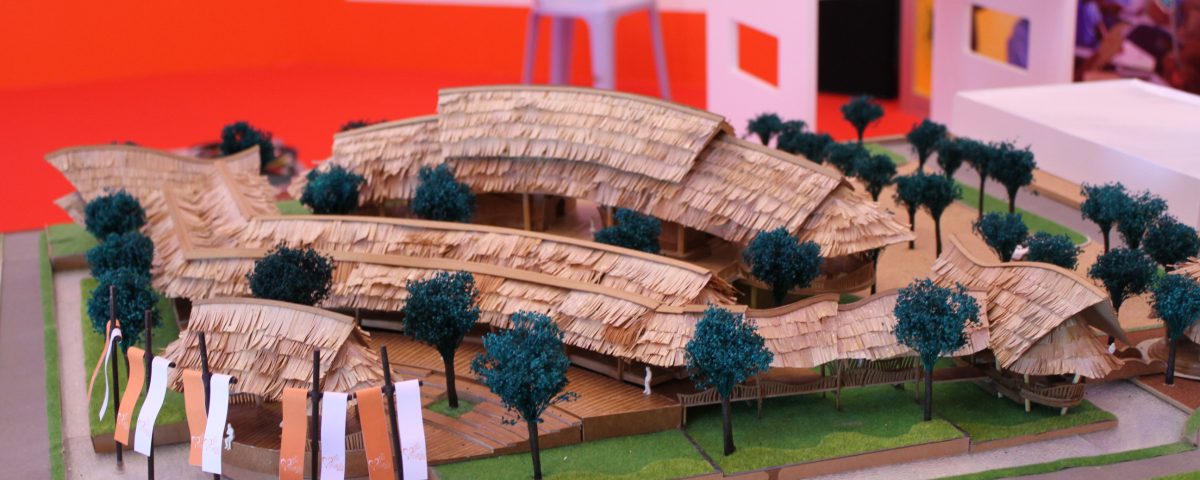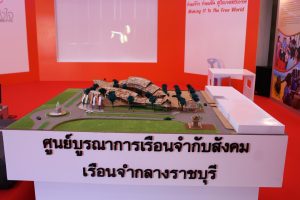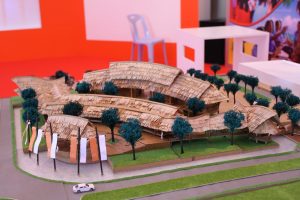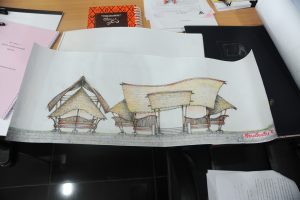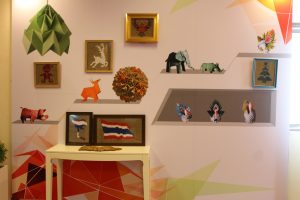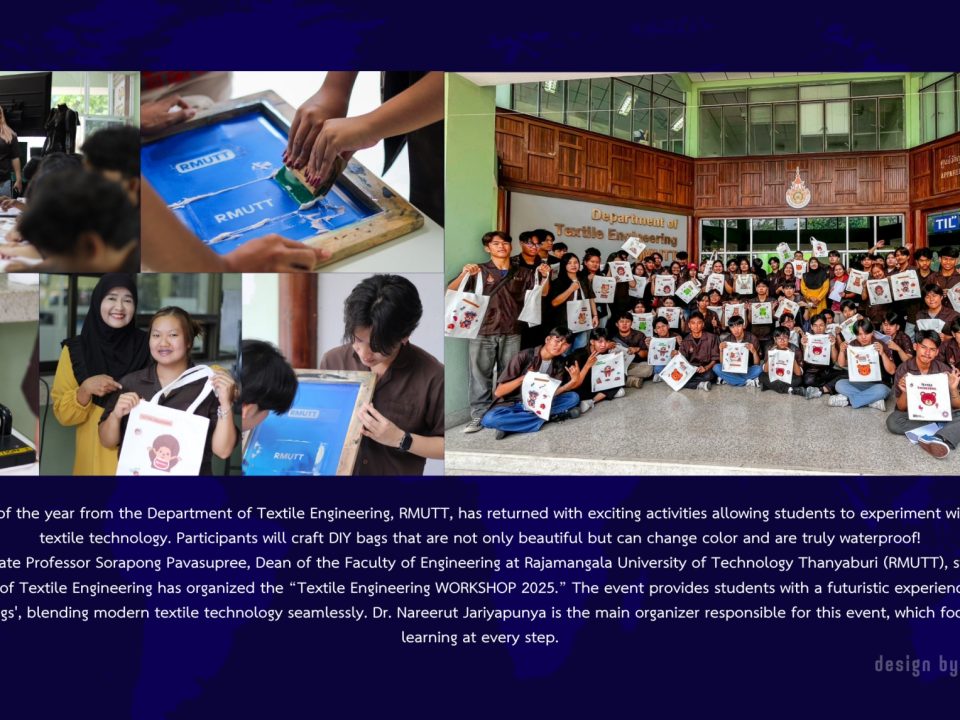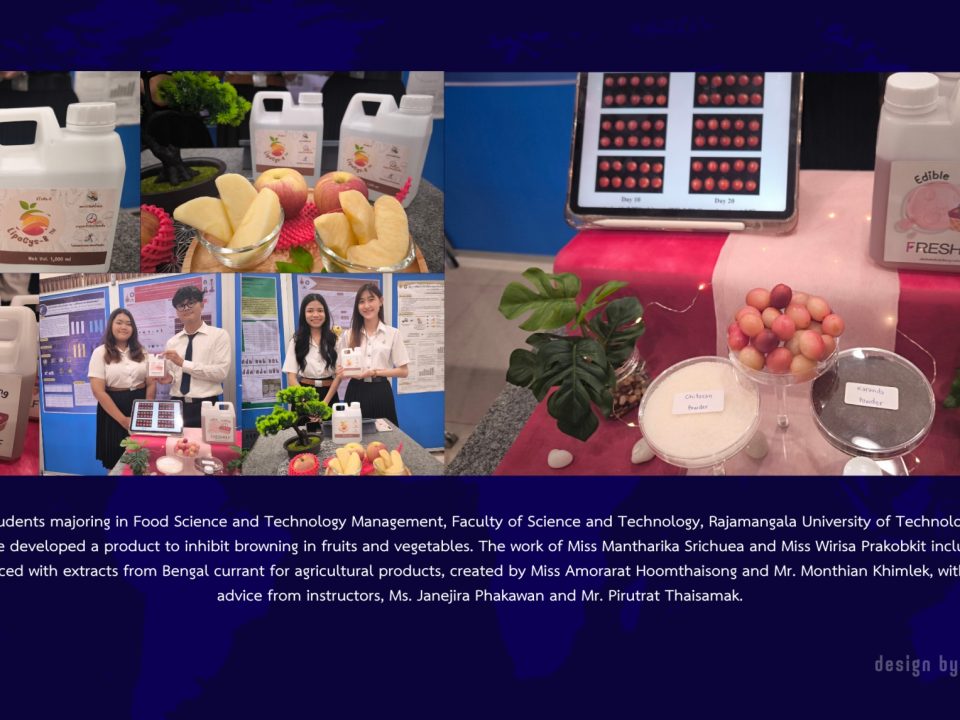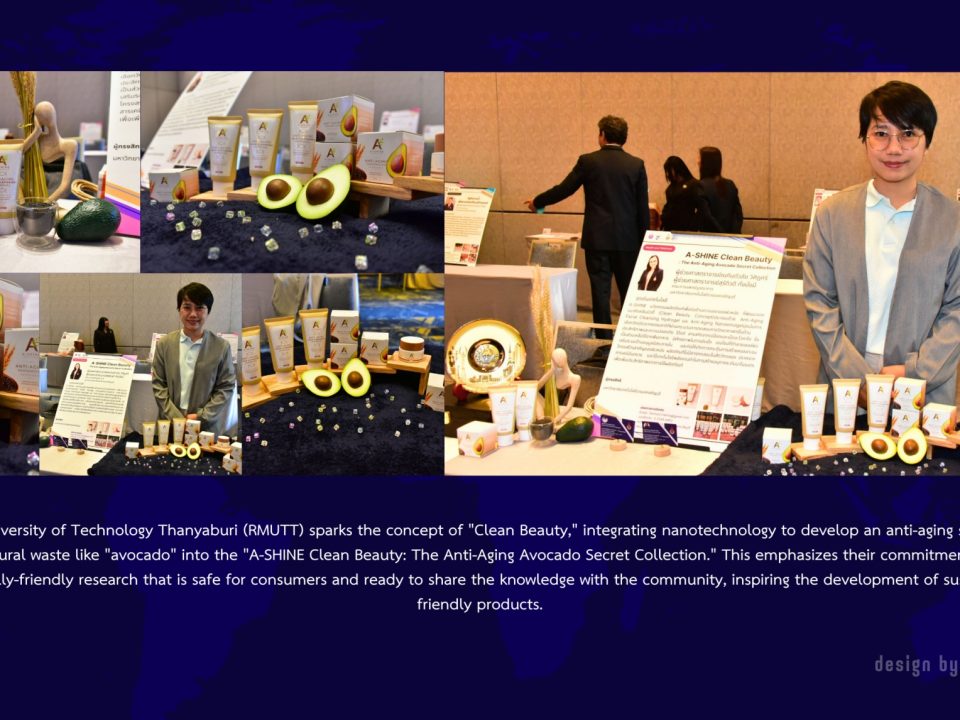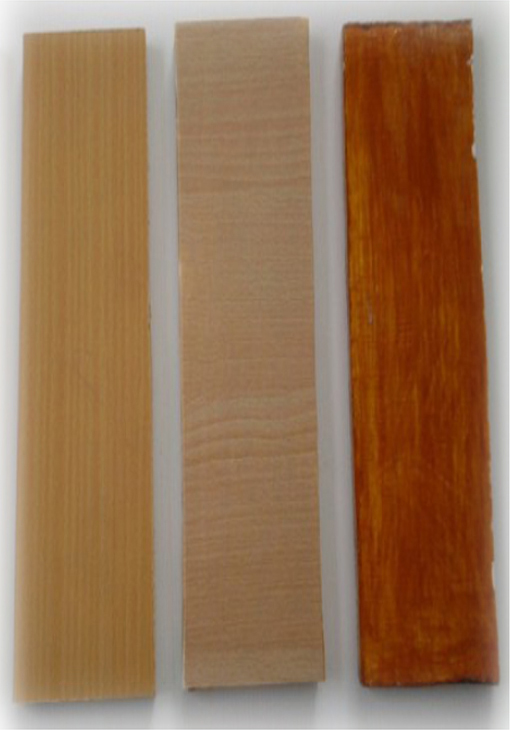
Material Innovation: Paper Pulp Furniture
14/10/2013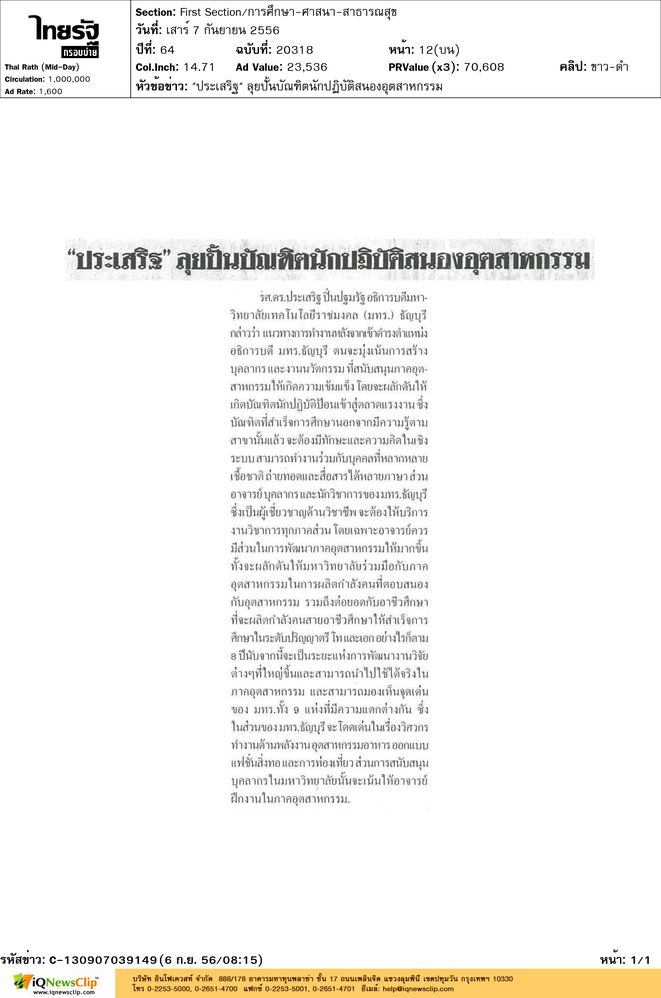
RMUTT Places Top Priority on Producing Graduates with Practical Skills and Knowledge
14/10/2013Students and faculty members from the Faculty of Architecture, Rajamangala University of Technology Thanyaburi, designed a new prison complex that will house a pre-release education program for inmates. Part of the Kamlangjai Project (inspiration and encouragement) under the Royal Initiative of HRH Princess Bajrakitiyabha, the program aims to prepare inmates for their release by equipping them with vocational skills and practical know-hows. The complex will be located at Ratchburi Women’s Prison, Ratchaburi Province.
“The Faculty’s Dean had an opportunity to be involved in the royal-initiated project, and that’s how he learned about the problems faced by the inmates,” said Assist. Prof. Teerawan Wattanotai, the Faculty Dean. “One of the inmates’ major concerns is how to be accepted back into society and integrate with communities outside the prison. This prison complex provides the link between the prison life and outside communities. It’s where they will learn various vocational skills, such as yoga training, massage and spa treatments, and baking, then offer their services to visitors and people living around the prison.
“The inmates will learn how to make a living while they are still under confinement. They will be able to generate an income and save up the money to begin a new life after their release,” he added.
The complex will feature a contemporary Thai concept with a touch of retro Thai style. It is hoped that the complex will become one of the area’s tourist attractions.
“The design will allow the visitors to learn about pre-lease prison life. The three main components include the learning center, which is where visitors can see ongoing learning activities, the shopping zone, for supporting the inmates’ products and services, and the activities area, where the inmates can meet with their families and relatives,” said Warut Weerasilp, lecturer at the Faculty of Architecture.
The roof will feature local materials and inside the building will house a sculpture that symbolizes light, which is every inmate’s desination, and a series of origami works by the inmates. Water will be the main element of landscaping work, and a corridor will connect the entrance with the main building.
The final design combines the best ideas from a class assignment, in which architecture students were to come up with a design for the complex. “I thought about the lifestyle of local people, which is influenced by Chinese traders who migrated to Ratchaburi Province many years ago,” said Sarocha Danjiramontri, who came up with the idea for the Chinese-style roof and the water feature in the design of the landscape.
Jirapat Chimlek, fourth-year architecture student, designed the main building to incorporate a multi-level design, where the top level houses the learning center, the middle level is the shopping zone, and the lower level becomes the activities area.
The roof features a unique curvilinear form which allows the breezes to flow into and throughout the complex. “I decided to use ceramic tiles to complete the roof because ceramics has been the main trade of Ratchaburi people since the old times,” said Watchara Jaiponsaen, who designed the roof details.
This project is a combined effort of both students and faculty members. Everyone is proud to be a part of the royal-initiated program and feels grateful for having a chance to design the complex that will house the pre-release prison education program.

